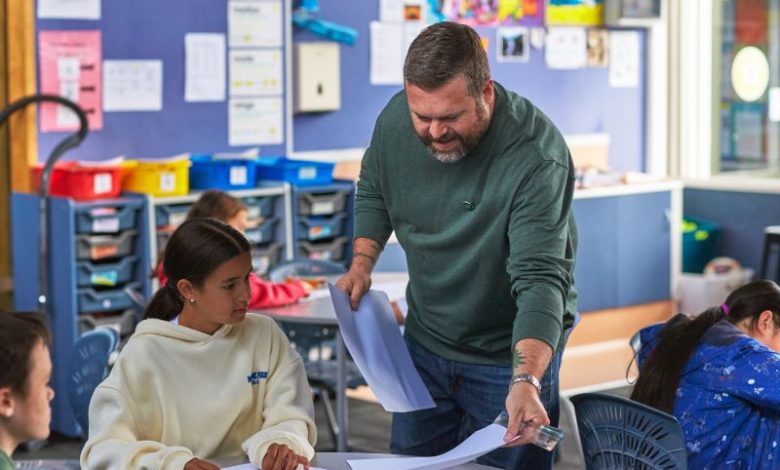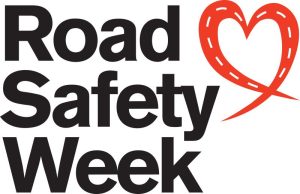Can tamariki recognise themselves in a worksheet?
A new collaboration is making ready-to-go road safety resources with meaningful contexts for students

I’ve been wrestling with that word ‘worksheet.’ At first glance, it’s straightforward.
You know a worksheet when you see it. We love them for their readiness and practicality. But there’s a whisper of merely occupying kids rather than enlightening them.
Read the latest print edition of School News HERE
Worksheets start life as a PDF. They print off real nice on the staff copier and turn into every teacher’s A4-sized friend. The potential for trouble comes in:
- shallow design
- over-use
- not aligning them with other tools in your effective teaching toolkit.
So when I learned that NZ Transport Agency Waka Kotahi (NZTA), to which I provide editorial support, was planning a series of road safety worksheets, I stumbled at the word.
Until I heard more about the plans. And listened to the resource writers from Tātai Aho Rau Core Education. And thought about all the good things we know about effective teaching practice here in Aotearoa. Then the concept flipped for me and made a lot of sense.
Done well, a worksheet is a little morsel of engaged and relevant learning.
Think of bite-sized learning resources that reflect our young people and their world, that draw from and strengthen connections with te ao Māori, and which give kaiako and ākonga a sequence of touchpoints to develop critical thinking skills around safe travel.
That last sentence packed in a lot. Let’s pull out its components for a better look.
Firstly, what’s on offer. In Term 2, NZTA will publish a series of road safety worksheets in time for Road Safety Week (20-26 May). These will be free to download from the Education Portal: www.education.nzta.govt.nz.
 Half are written in te reo Māori. The other half are adapted from the first and published in English. All are linked to learning outcomes in Te Marautanga o Aotearoa or the NZ Curriculum. They will be age-appropriate for the following groups: Years 1-2, Years 3-4, Years 5-6, Years 7-8 and Years 9-10.
Half are written in te reo Māori. The other half are adapted from the first and published in English. All are linked to learning outcomes in Te Marautanga o Aotearoa or the NZ Curriculum. They will be age-appropriate for the following groups: Years 1-2, Years 3-4, Years 5-6, Years 7-8 and Years 9-10.
The complete set are designed and written by educators at Tātai Aho Rau. As you read this, the team are collaborating with kaiako from rural and urban kura, to ensure that the resources developed meet the needs of the classroom and reflect the diverse transport modes within their communities.
The worksheets include links to more in-depth curriculum resources by NZTA but are intended to be brief pedagogically-sound references to road safety learning, in and of themselves.
In a written discussion about the resources, the Tātai Aho Rau team talk about the importance of creating resources that allow students to recognise their own social and cultural environment.
“A kaupapa Māori approach to this project will be grounded in the realities of whānau, the real-life experiences of students/ākonga, and how they approach safety in modern contexts – rural and urban, marae settings, within the culture of their kura, and evolving Māori culture and language. We believe that these elements will make the resources more impactful.
“We’re drawing from kaupapa Māori approaches to risk and safety that are grounded in te ao Māori. Māori history is rich in pūrākau about discovery, superhero adventures about making the world a better place, and calculated risk in different aspects of Māori history.”
All this makes me think of the basics of effective teaching as outlined in the NZ Curriculum. These worksheets can’t do the job on their own, but with this level of design thinking behind their creation, they support teachers to make connections to prior learning and experience, enhance the relevance of learning and create a supportive, cultural-attuned learning environment.
Again, encouraging reflective thought and action comes through here from Tātai Aho Rau:
“The resources will encourage ākonga to choose safe responses in situations of possible risk. Underpinning this safety approach are tools and information that support ākonga to identify and calculate risk, and the level of potential risk, in the contexts that they experience.”
A brief learning activity, that happens to be printable on A4 paper, can prompt students to do some of this critical and reflective thinking stuff, especially when teachers ensure students understand what they’re doing and why.
By stepping up through the age bands, the worksheets encourage frequent returns to road safety as a learning context. All to the good. NZTA guidelines for school road safety explain how research shows that “knowledge alone is insufficient to change behaviour.”
Instead, young people require ongoing opportunities to develop critical thinking and perspective. This lets them make meaning of their road safety knowledge, so they can put it into action when needed. Wrapped around that, the guidelines state that a school ethos centred on the well-being of young people is associated with reduced risk taking.
So, these worksheets can plug into the other good work you’re doing. For young people, Māori and non-Māori, let this be a chance to grab a bite more often of the road safety thinking that can set them up for a safer future. Time now to check the photocopier is stocked with paper, before Road Safety Week rolls around next term.
Sign up to newsletter for updates
Sign up to the NZTA education newsletter to get notified when the worksheets are published. www.education.nzta.govt.nz/signup

Wayne Erb is an Education Writer with Waka Kotahi NZ Transport Agency






